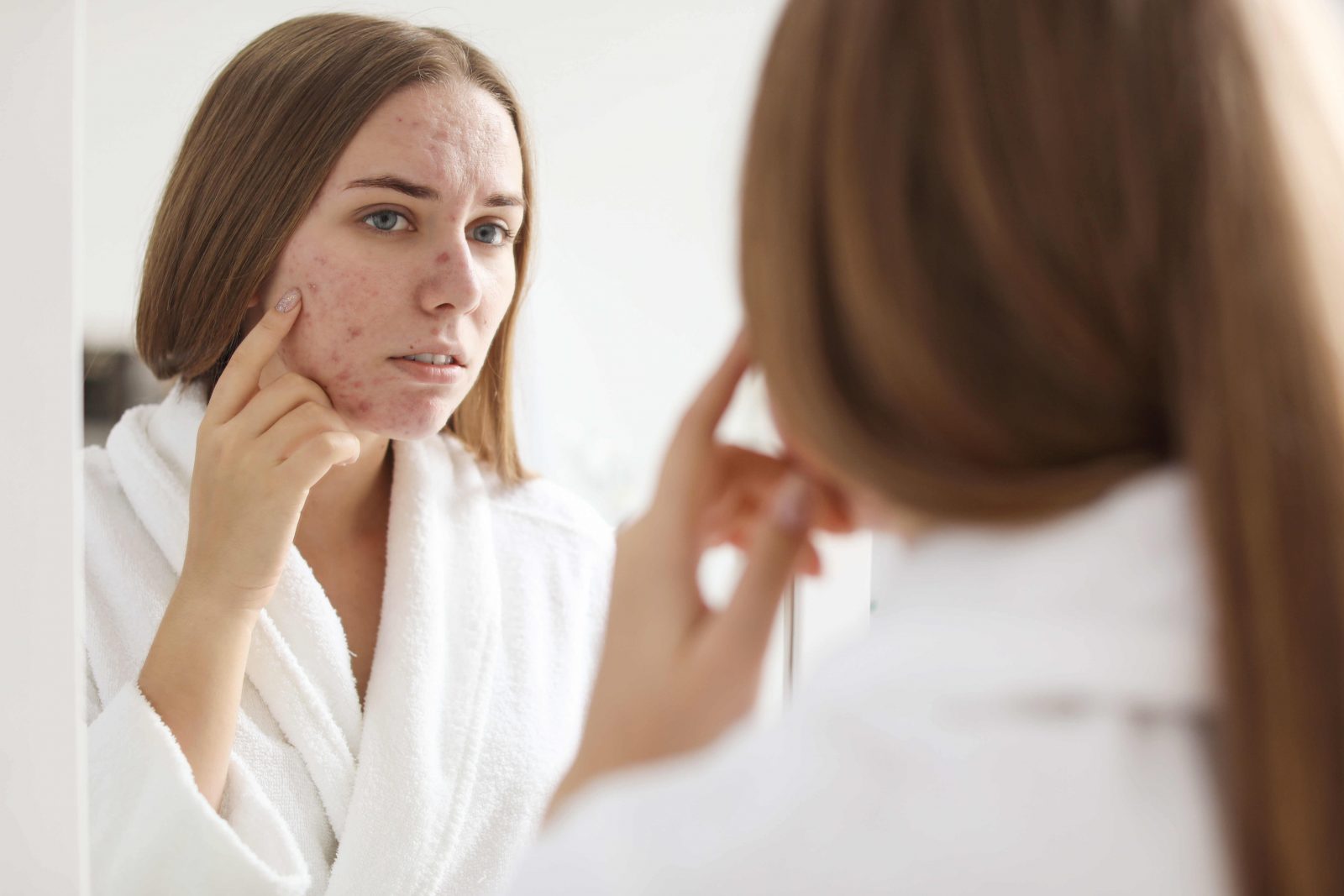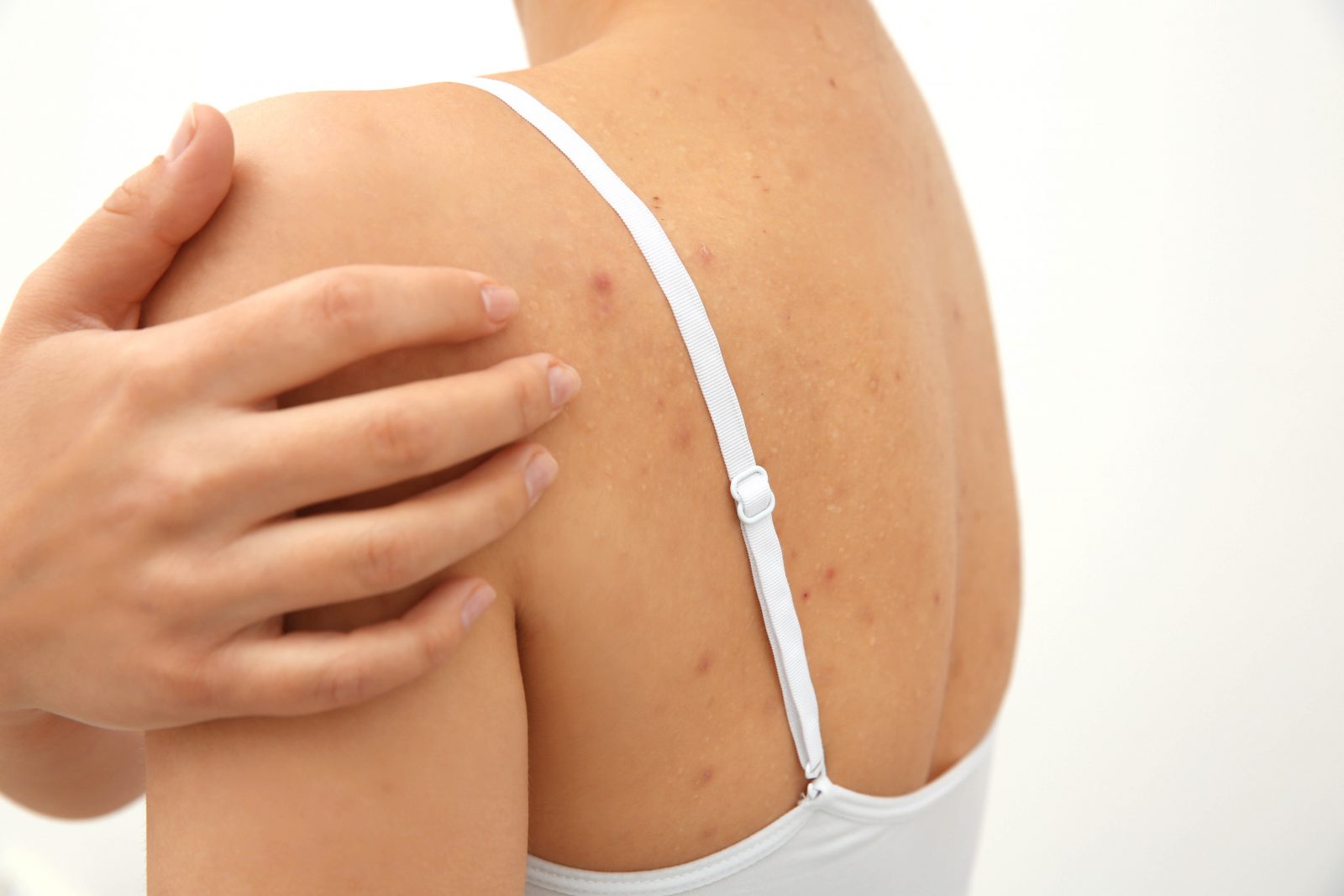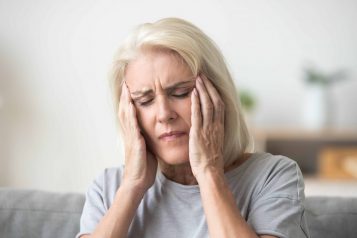Amy B. Lewis, M.D. graduated Summa Cum Laude from the University of Pennsylvania. She then received her Medical Degree, with the highest honors, from the Yale School of Medicine. Dr. Lewis then moved to the New York area for a medical internship at Cornell/New York Hospital and completed her Dermatology residency at Downstate Medical Center as Chief Resident. She returned to Yale for a fellowship in Dermatological Laser and Reconstructive Surgery. After completing this specialized training, Dr. Lewis began working in private practice, while also performing several clinical studies pioneering Dermatological lasers at the Washington Institute for Dermatological Laser Surgery. She then settled in Manhattan, where she has built a premier private practice specializing in Cosmetic and Laser dermatology.
 Photo Credit: Shutterstock
Photo Credit: Shutterstock
Breakouts are directly linked to our bodies and health. To understand why we breakout in certain locations, doctors use face mapping. Face mapping helps identify the underlying cause of acne and/or how to successfully treat it or prevent it in the future. Whether it is the cause of hormone imbalances or the recent “maskne,” Haute Beauty expert Dr. Amy Lewis is here to share the details.
Are there more common breakout areas?
The most common area to breakout is the most visible and unwanted target, the face. Some are “lucky,” enough to have the acne limited from the neck up, others are not so fortunate. There are many reasons why the chest and or back may be involved as well. Acne does occur in any area of the skin with hair follicles, meaning that all hair-bearing areas of the skin are susceptible to acne breakouts.
What causes face acne?
Acne can be caused by environmental factors, age, products you are using, and genetic predisposition. Hormonal fluctuations often cause breakouts along the chin and jawline, this is what we call “hormonal acne.” Menses, PCOS, birth control, puberty, and other medical conditions can cause changes to hormones that can lead to sudden breakouts. If you always break out around your period, we can use a more aggressive treatment regimen a few days before to block the flare.
Breakouts confined mostly to the cheeks can be behavioral such as; sitting chin-in-hand while reading, typing, working on your computer. Wearing masks all day, which has become the new normal, has created its own moniker “maskne.” A clue to the cause can be found by examining where the breakouts are and what areas are spared.
 Photo Credit: Shutterstock
Photo Credit: Shutterstock
What causes back acne?
Aside from the common area of the face, pimples often develop on the back. Back acne (“back-ne”) or chest involvement affects more than half of all acne sufferers, can be extremely uncomfortable and painful aside from unsightly.
Back/ chest acne differs from facial acne in two significant ways:
- The skin on the body is more prone to clogging as it has larger pores and is thicker than facial skin. The increased sebum production clogs the pores trapping the bacteria that causes acne.
- These oil-producing glands on the back tend to be more active, often leading to larger, more inflamed acne known as cystic/ inflammatory acne.
- Sweating produces excess oils that can get trapped with occlusive clothing. Breathable fabrics such as cotton can often help as does bathing immediately after exercise/ sweating. Heavy oils or emollients applied topically can also clog the pores.
Hormonal levels, such as androgens often seen in teens can be a contributing factor. Hormonal changes with pregnancy, menopause, PCOS are also culprits just as with facial acne. Some medications or supplements can cause or flare acne in all areas, so a complete medical history should be reviewed to have an optimal treatment plan.
What is a prime acne example?
I had a patient who routinely came in with acne along the hairline and the side of the neck was where the hair wrapped against it. He denied using any hair gels, oils with lanolin or cholesterol, common comedogenic ingredients in these hair care products.
The T-zone was spared aside from the upper forehead. Despite many attempts to treat, he continued to break out. Many months later he returned with completely clear skin. He finally admitted he had been using these hair oils but didn’t want to stop, and didn’t believe it was the cause. He stopped the hair products “just to prove me wrong,” and voila the acne disappeared.
For more information, visit Dr. Brian A. Levine's social media:

























